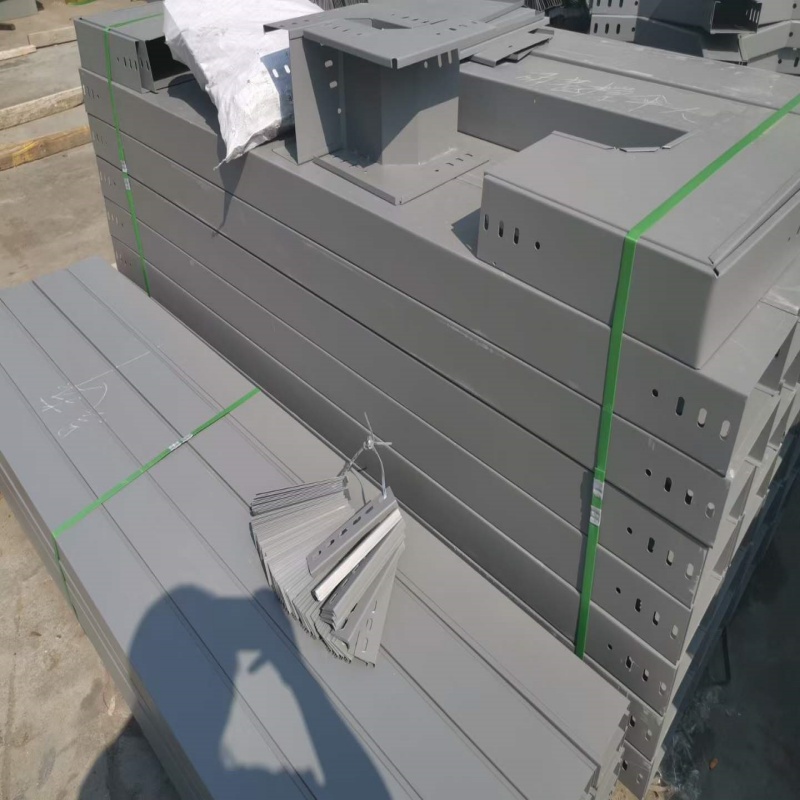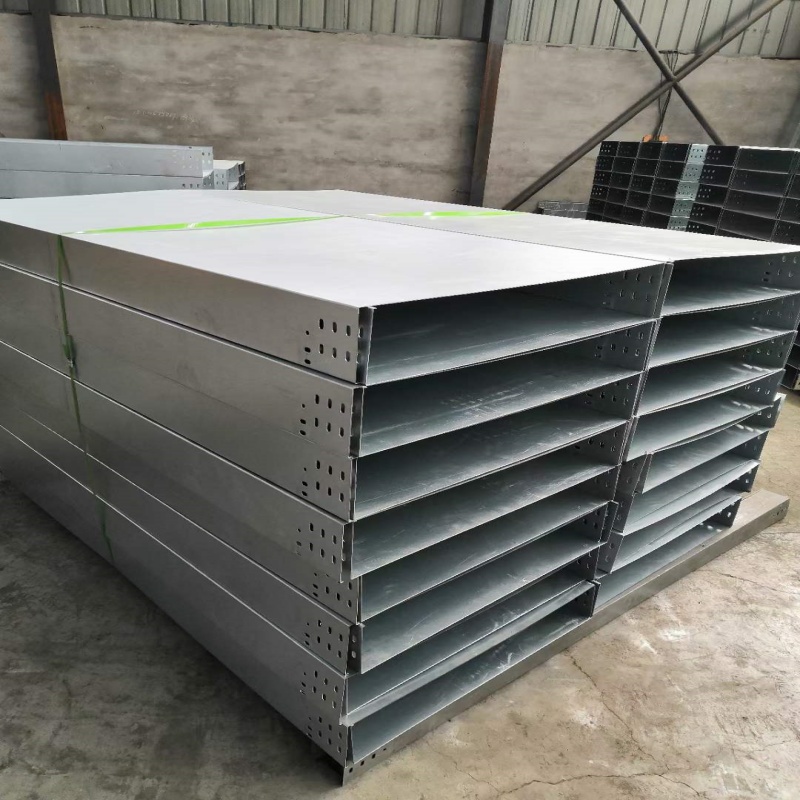In today’s fast-paced world, the need for efficient and organized electrical systems is more important than ever. Whether it’s a commercial building, industrial facility, or residential project, effectively managing cables and wires is essential for safety, functionality, and aesthetics. One of the most effective solutions to this challenge is the use of cable trays. In this blog, we will explore what cable trays are, their benefits, types, and the best ways to install them.
A cable tray is a support system used to hold and organize cables and wires. It provides a structured pathway for cables, keeping them safe and secure and easy to connect. Cable trays are typically made from materials such as steel, aluminum or fiberglass, and come in a variety of sizes and designs to suit different types of installations.
1. **Organization**: One of the main benefits of cable trays is the ability to keep cables organized. By providing designated spaces for wires, cable trays help prevent tangling and clutter, making it easier to identify and manage different cables.
2. **Safety**: Properly installed cable trays can significantly improve the safety of electrical equipment. They help reduce the risk of electrical hazards by keeping cables off the ground and away from potential damage. Cable trays can also be designed to be fire-resistant, further improving safety.
3. **Easy to maintain**: Cables are neatly arranged in the tray, making maintenance easier. Technicians can quickly find and identify cables that need repair or upgrade without having to search through the clutter.
4. **Flexibility**: Cable trays offer flexibility in design and installation. As systems expand or change, they can be easily modified or expanded to accommodate new cables. This adaptability makes them ideal for dynamic environments.
5. **Cost-effective**: Although the initial investment in cable trays may seem high, it can bring savings in the long run. By reducing the risk of cable damage and minimizing maintenance costs, cable trays will ultimately prove to be a cost-effective solution.
There are several types of cable trays available, each designed for a specific application:
1. Ladder Trays: These trays are shaped like a ladder and are ideal for supporting large amounts of cables. They have good ventilation and help dissipate the heat generated by the cables.
2. **Solid Bottom Tray**: These trays have a solid base and are suitable for applications where dust and debris may be present. They provide a clean, safe environment for cables.
3. **Perforated Tray**: Perforated trays have holes or slots that allow for better air circulation and are often used in environments where heat dissipation is critical.
4. **Wire Mesh Trays**: Made from woven wire, these lightweight trays are perfect for small installations. They are flexible and easy to install, making them a popular choice for many projects.
To ensure the effectiveness of your cable tray, consider the following best practices during installation:
- **Plan the Layout**: Before installation, carefully plan the layout of the cable tray. Consider the type of cables used, their weight, and the support required.
- **Follow local codes**: When installing cable trays, always follow local electrical codes and regulations. This ensures safety and compliance with industry standards.
- **Properly Securing**: Make sure the cable tray is securely mounted to the wall or ceiling to prevent sagging or movement over time.
- **Allow Room for Expansion**: When installing cable trays, allow extra space to accommodate future cables. This foresight can save time and resources in the long run.
Cable trays are an essential part of modern electrical infrastructure. They provide organized, secure, and flexible connections, making them a valuable investment in any project. By understanding the different types of cable trays and following best practices, you can create an organized, efficient power system that will meet your needs for many years to come.
→ For all products,services and up to date information,please contact us.
Post time: Apr-23-2025


